There are few islands as underrated as The Canary Islands; a group of seven islands owned by Spain off the coast of Africa. Tourists and visitors of Europe should not overlook this exotic and diverse area while visiting the mainland Europe. The Canary Islands will be the next big travel destination.
After living in the area for a month, I’ve put together a comprehensive guide to what you should know before visiting Isla Gran Canaria; the most populated of the seven islands. If you’re visiting, make sure to check out our suggested itinerary as well. It will help you plan for your trip.
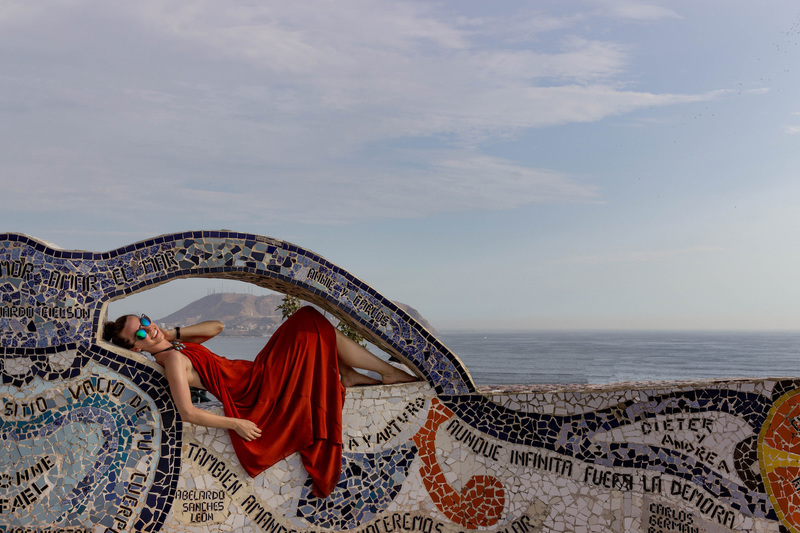
GETTING TO & AROUND THE ISLAND:
To get to Isla Gran Canaria, take a flight to Las Palmas airport (LPA). There are several airlines that offer daily flights from mainland Europe. For budget travelers, try Vueling airlines. They are inexpensive and have few delays. Just make sure you read their baggage policy carefully to avoid extra fees last minute!
From the airport, take a public bus (1.40€) to Las Palmas or a taxi (35€ avg. cost). It will take about 40 minutes via bus and 20 minutes via taxi.

Once you’ve arrived at your local residence, you can take a public bus – the locals call them “Guaguas”, pronounced “Wah-wahs” – to (practically) anywhere on the island. The bus schedules can be found online at GuaGuas.com or via the “GuaguasLPA” free mobile app. Bring cash if you take the bus, as they do not accept cards. If you’re visiting for a few weeks, I recommend getting the Bonoguagua Global card. They offer a discount for monthly cards. Visit their site here to see the details.
If you prefer driving, you can rent a car for as low as 30€ per day not including insurance and gas. I do not recommend having a car in Las Palmas since parking is limited, however, when exploring the surrounding cities, having a car is a benefit. Here on Car Bibles, you can find the list of the car rental companies with their pros and cons, that will help you make the right choice.
WHERE TO STAY:
The best area to stay is Las Palmas. There are a lot of things to do and the Playa de Las Canteras beach, restaurants and bars are all within walking distance. It is safe all times of day and locals are friendly and willing to help tourists. Plus, it is close to all major bus lines to get to other areas of the island.
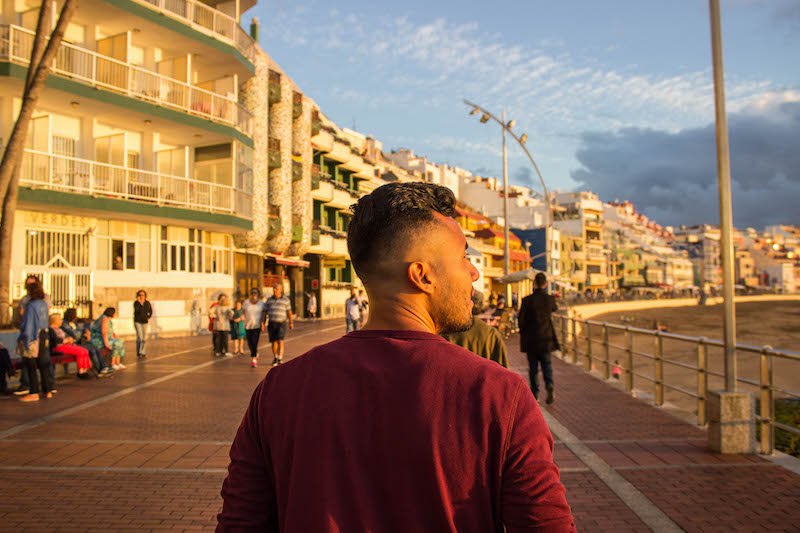
THINGS TO DO IN LAS PALMAS:
- Casa de Colón (Christopher Columbus Museum) – Learn about Christopher Columbus’s life and how he was once a resident of Las Palmas. My favorite part of this museum is the old maps from the 1400’s that show the world as they thought it looked back then. Spoiler alert: North and South America are not included on the maps! – Tickets are 4€ – casadecolon.com
- Snorkel at Playa de Las Canteras beach – Here you’ll find some of the best snorkeling Europe has to offer and will see hundreds of colorful tropical fish. Rent snorkel gear at 7 Mares – 9€ for goggles, snorkel and fins – 7mares.es.
- Surf at Playa de Las Canteras beach – This is a great place to learn to surf because the waves are small and the beach has a sandy bottom. There are several surfing companies that offer lessons. You can find them at the Southern end of the beach.
- Shop in Vuegeta – The Calle Triana has great shopping and many reasonably priced trendy clothing stores for women and men.
- Hike along the shore at La Isleta – This area is located on the Northern side of Las Palmas and is often overlooked by tourists. Here visitors will see panoramic views of Las Palmas city as they walk through moon like landscape.
- Dinner picnic on the beach – Campfires are not welcome at Playa de Las Canteras beach. However, grab a few tea candles, lay out a blanket, pack you’re favorite bottle of wine, a tray of tapas and have a feast in the warm sand.
- Science Museum (Museo Elder de la Ciencia y la Tecnología) – This interactive museum is fun no matter what age you are. Visitors can touch, interact and experience unique exhibits first hand. Adventurous guests can feel G-forces as they take a ride on the only robot arm in the world (free with a ticket to the museum). Tickets are 6€ – museoelder.org
- Canary Ride – Rent a motorcycle and explore the island – canaryride.com
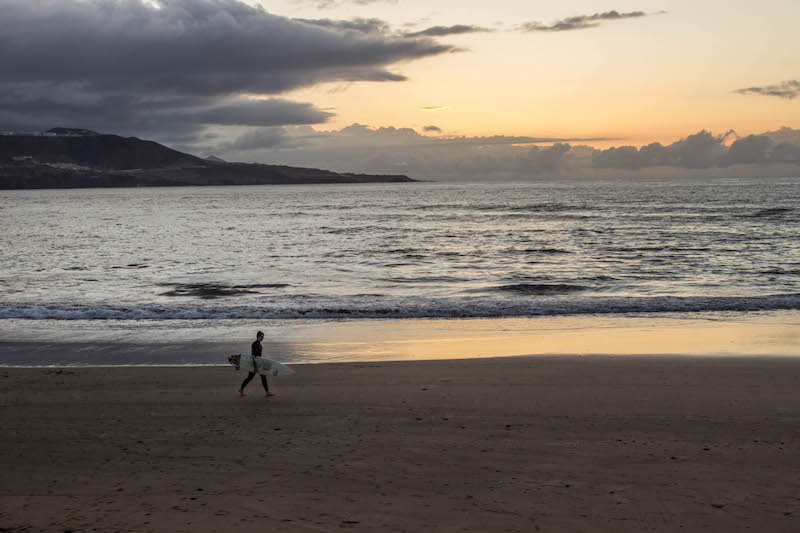
FOOD & DRINK IN LAS PALMAS:
- Allende – A local favorite, Mediterranean – Order their cookie dessert – Avg. E15 per person including appetizer, entree, dessert and wine – allenderestauracion.com
- Cafe Regina – The best coffee shop in Las Palmas – Tripadvisor.com
- La Tasca De Los Vinos – Spanish tapas bar with ample wine list – latascadelosvinos.es
- Shintori II – Unlimited Japanese sushi buffet – shintori.es
- Bar Carnaval – Authentic arepas – facebook.com/barcarnavalarepas
- Clipper LaPuntilla – Excellent Italian cuisine with an ocean view – Tripadvisor.com
- La Azotea de Benito Cocktail Bar – Great craft cocktails – facebook.com/LazoteadeBenito

THERE IS MUCH MORE THAN LAS PALMAS ON THIS ISLAND:
Though Las Palmas is the best place to stay on the island, it is worth exploring the surrounding villages. Each one has its own unique character and diverse landscape.
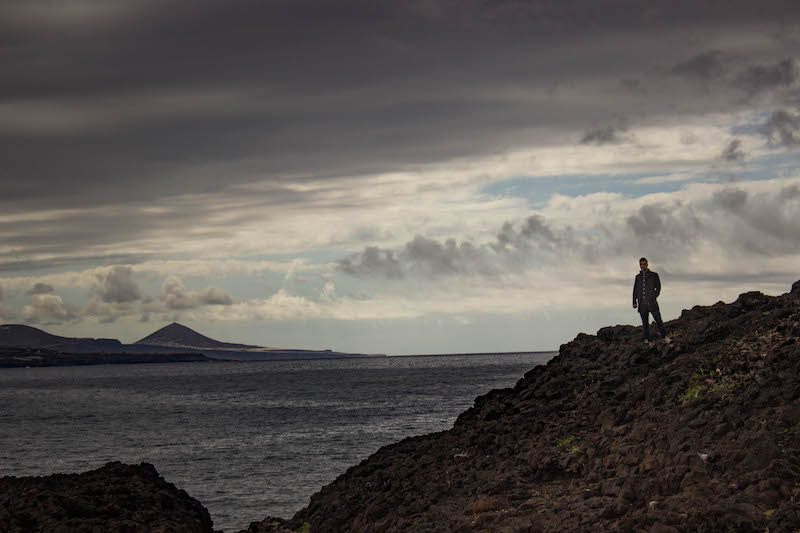
LIVE A DESERT LIFESTYLE IN MASPALOMAS:
Maspalomas is a resort town located in the desert region of Las Palmas de Gran Canaria. I recommend taking a day trip here or spending two days and one night. There is a lot to do and it is the largest city on the island besides Las Palmas. It takes about two hours to get here by bus from Las Palmas.
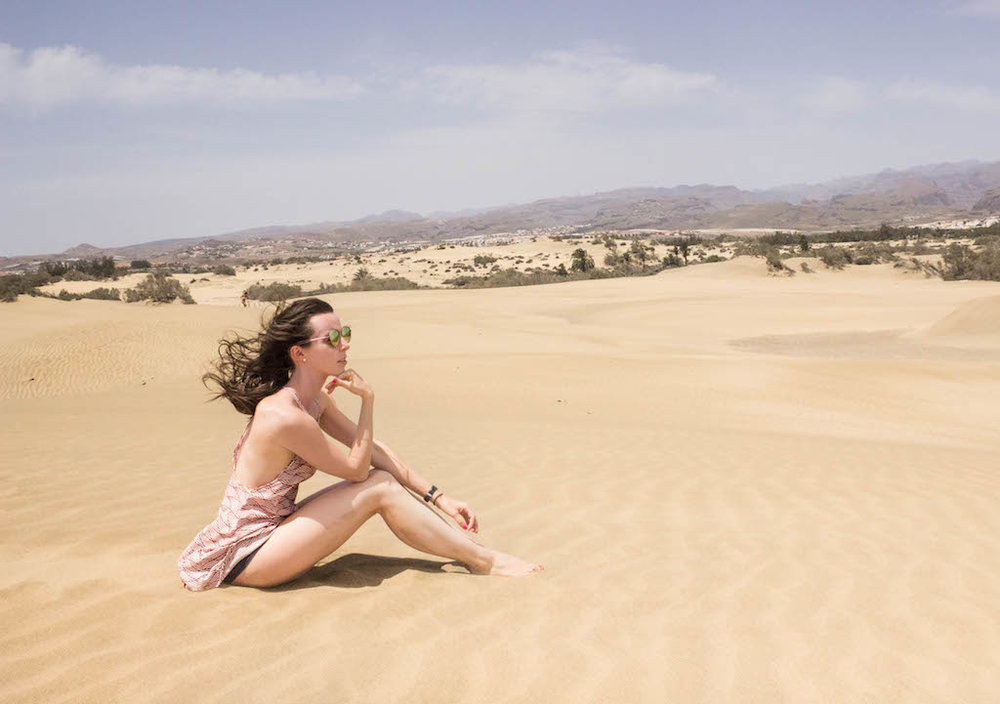
THINGS TO DO IN MASPALOMAS:
- Take a camel ride through the dunes. – 12€ – okgrancanaria.com
- Walk through the sand dunes along Playa del Ingles beach (bring water!
- Learn to kite surf (great wind for learning) – 80€ – prsurfing.com
- Swim in the ocean at Playa del Ingles beach
- Thalassotherapy at Thalasso Gloria – one of the largest seawater spas in Europe – 30€ for 3 hours in the spa – gloriapalaceth.com
FOOD & DRINK IN MASPALOMAS:
- Gorbea Restaurant – Fine dining Spanish cuisine – gloriapalaceth.com
- Restaurante Calma Chicha – Breezy beachside Spanish dining – restaurantecalmachicha.com
- Atelier Lounge & Cocktails – Craft cocktails in a modern lounge with panoramic views – grancanaria-360.com
WITNESS MOUNTAINOUS TEJEDA:
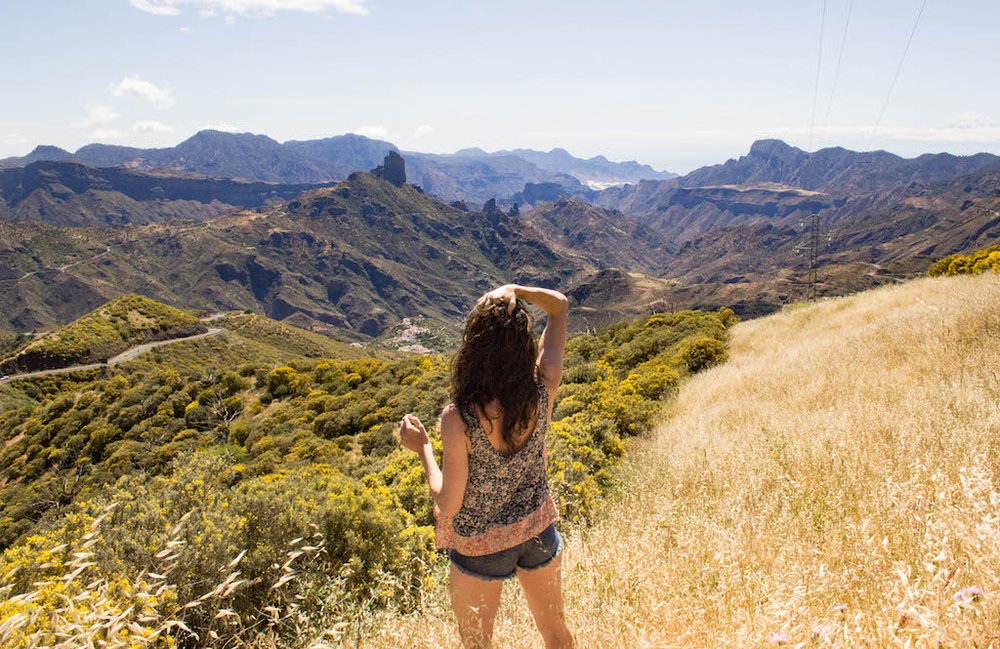
Another great day trip from las Palmas is to Tejeda and Cruz de Tejeda. This is an excellent spot for hiking. It was actually the best hiking I’ve done in Europe so far. Plus Tejeda town is too cute for words. It has a slight Santorini vibe because of the white houses and purple flowering bushes.
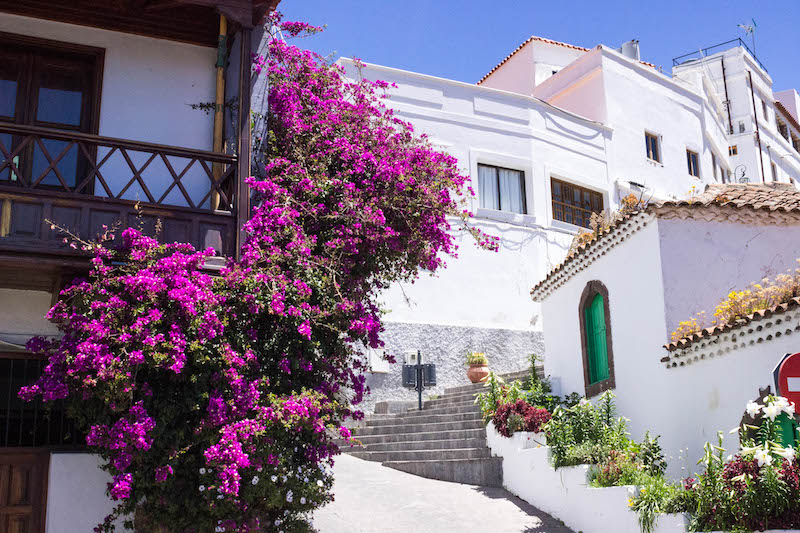
Getting to the Tejeda’s is not easy via bus and takes about three hours. I recommend renting a car as it only takes 50 minutes and you will be free to explore at your own pace instead of planning your trip around the inconvenient bus schedule.
THINGS TO DO IN TEJEDA & CRUZ DE TEJEDA:
- Hike along wildflower covered hills and golden fields – Start at Cruz de Tejeda and hike down to Tejeda – 1.15 hr hike was great
- Shop at the local market at Cruz de Tejeda – filled with artisanal cheese and locally made crafts.
- Donkey rides on Cruz de Tejeda (great for little kids)
- Step foot inside the local church (Tejeda)
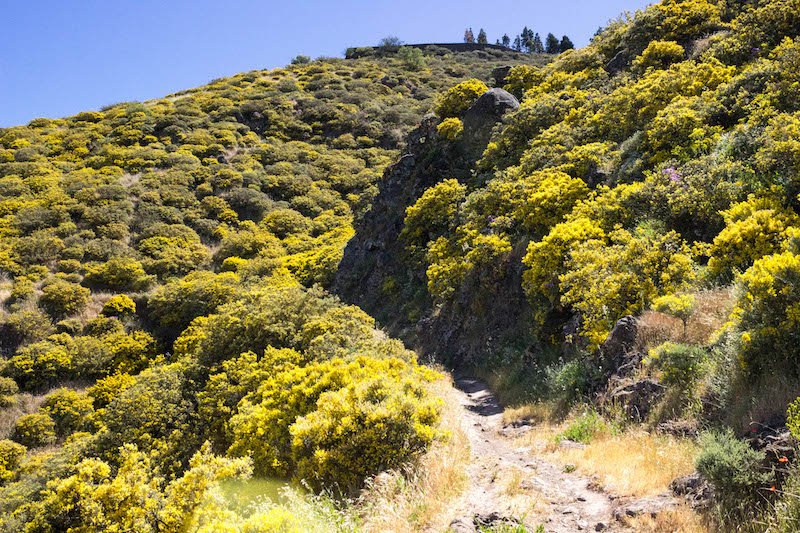
FOOD & DRINK IN TEJEDA:
- Dulceria Nublo bakery (ask for their specialty item – it’s incredible) – Tripadvisor.com
- Let Me Take U – European cuisine – Great soups! – letmetakeu.com
- Casa del Caminero – Dine on Spanish cuisine with a mountain view – Tripadvisor.com
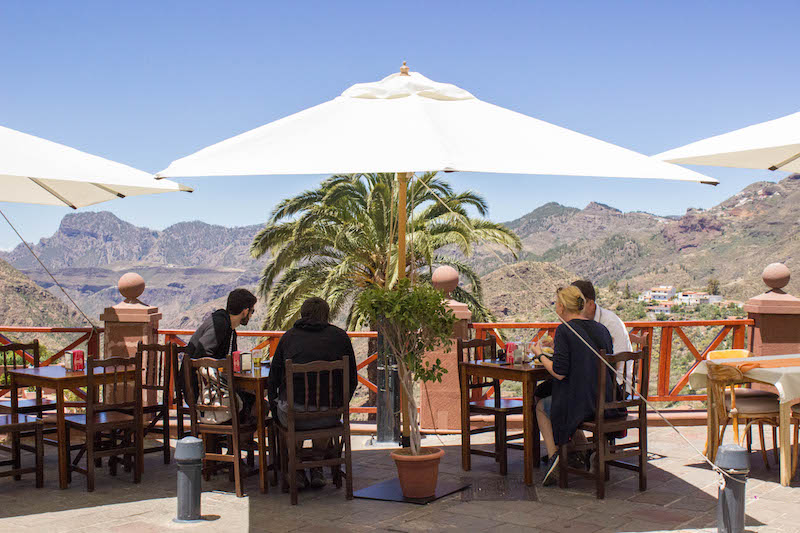
OTHER VILLAGES TO EXPLORE:
- Agüimes – Small, charming town with colorful buildings
- Arucas – Beautiful authentic Spanish church called Parroquia de San Juan Bautista(similar to Sagrada Familia in Barcelona)
- Puerto de Mogán – Great seafood & Santorini, Greece vibes
- Barranco de Guayadeque – Cave homes and epic hiking trails
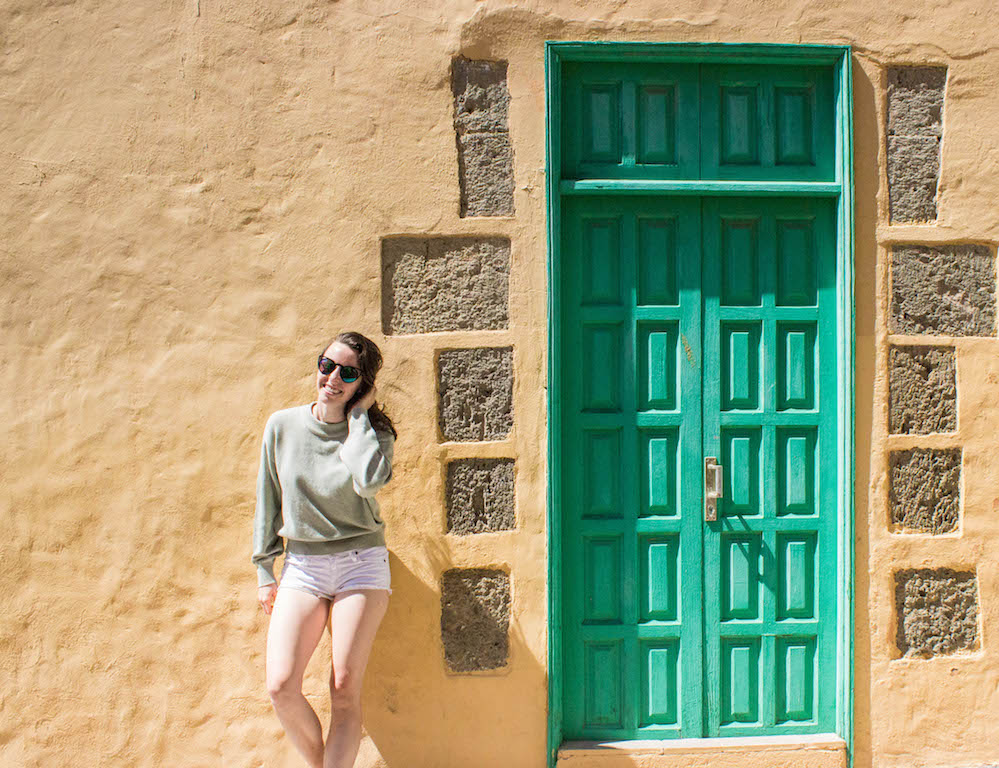
WHAT TO PACK FOR YOUR TRIP:
The Canary Islands as an average temperature of 24°C (75°F) year round. Gran Canaria island can be cool and windy in certain places while hot and sunny in others. I found it best to have a jacket or layers with me at all times. In the sun, it’s common to sweat while in the shade you may need a light sweater.
OUR SUGGESTED PACKING LIST:
- Bathing suit
- Light jacket
- Shorts
- Pants
- T-shirt
- Hiking boots
- Flip flops for beach (shoes that can get wet and sandy)
- Comfortable walking shoes for city
- Backpack or larger bag (to hold layers and water during hikes or long days exploring)
- Camera & extra batteries (you’ll want to take photos!)
- Convertor/Adaptor (if you’re visiting from a country that doesn’t use the Europlug or Schuko. Check if you need a convertor/adaptor here. If you are from the US, you will need one. My recommendation is the BESTEK Travel Adaptor. This is what I use traveling the world and it works everywhere.
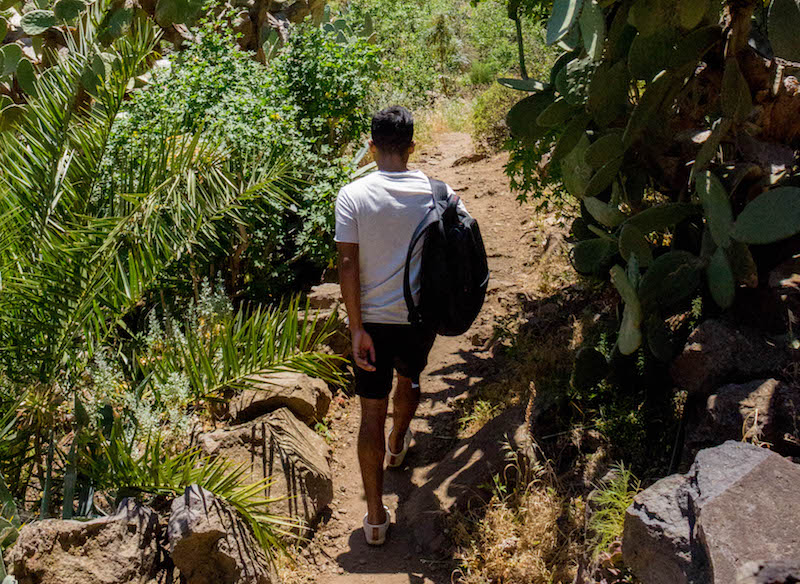
Do NOT pack the below items because you can buy them at the Canary Islands or they are not necessary:
- Sunscreen
- Shampoo/conditioner
- Do not bring both sneakers and hiking boots, instead choose one or the other (I’m talking to you mom!)
- Beach towels (your hotel or Airbnb will have them for you to use. If you’re staying in a hostel, check with them first)
RESTAURANT TIPS & ETIQUETTE:
- Tipping is not required here, only if you feel the service was exceptional and would like to leave a little something extra. Wait staff here are paid normal wages and don’t rely on tips for the majority of their income like they do in the US. It is common for locals to round the bill up and give the waiter the change, if anything.
- The wait staff is much less hands-on than they are in the US. If you need something, you need to call them over. They will not automatically bring the check, instead you need to ask for it. This is because they don’t want to rush you, not because they are lazy. In Spain, meals often last three hours because it is considered social hour as well as a meal.
- Menu del Dia (Menu of the Day) – This is a lunch menu that is often 3-courses and comes with wine or beer. It is generally around 8€ to 12€. Many restaurants offer this. They will have signs in front of the restaurant that tell you if they offer it and what is on the menu that day.
- Bread – Sometimes the bread they put on the table in the beginning of the meal is not free. If you’re not sure, you can ask.
- Meal times: Lunch is normally from 12pm to 4pm. However, locals don’t normally eat until 2pm or 3pm. After lunch, restaurants often close and reopen around 6:30pm or 7pm and stay open for dinner until midnight. However, only tourists eat this early. Locals do not go to dinner until around 9pm or 10pm and often stay as late as 2am.
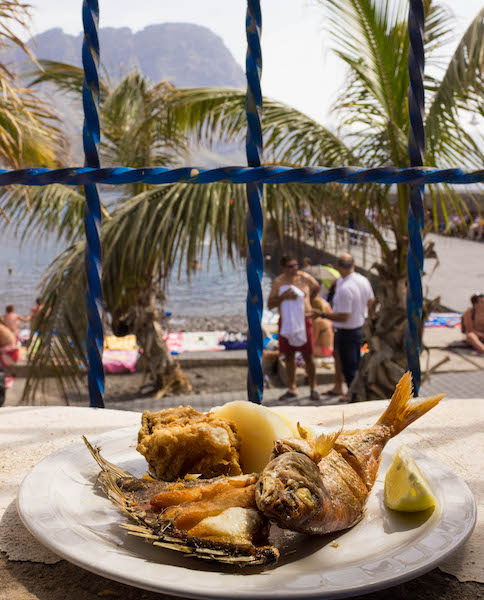
OTHER THINGS TO KNOW THAT WILL BE HELPFUL:
- Greeting: A common Spanish greeting is kissing on both cheeks starting with the right side then moving to the left.
- Fútbol (soccer): Fútbol is more of a religion than a sport here. During games the entire city seems to shut down and cheers echo through the streets. If you want to experience this first hand, go to a local bar, and have tapas and wine or beer, with the locals. If you don’t care about fútbol, now is a great time to go anywhere that there is not a TV, because you’ll probably be the only one there. For example, a restaurant, a museum, or the beach.
- El Corte Inglés: Visitors craving a specialty item not commonly found in Spain, such as maple syrup, can head to El Corte Inglés. On the bottom floor in Las Palmas, they have a massive grocery store that has everything you could ever imagine.
- Siestas: A siesta is a short nap taken in the early afternoon, often after lunch. Between the hours of 3 and 6, it is not uncommon for stores to close because locals go home for lunch, a nap, or just take a break and enjoy life.
- Café culture: Coffee shops with endless options for baked goods, espresso, lattes, and cappuccinos, are very common here. Locals often sit for hours at coffee shops socializing between main meals.
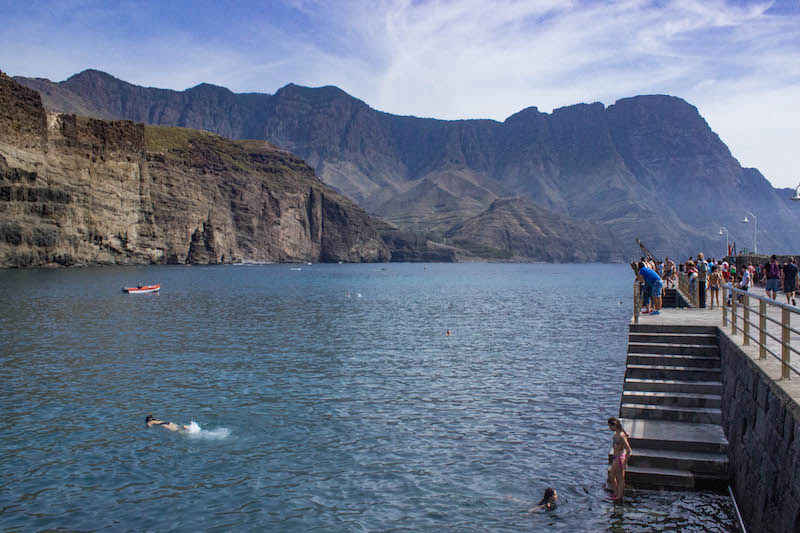
The Canary Islands are a real treat, and one that travelers should visit before it becomes too popular. If you’re planning a trip, check out our suggested itinerary to help you get a better idea of how to explore this beautiful island.

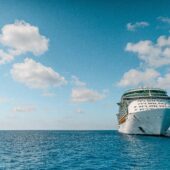

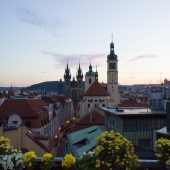
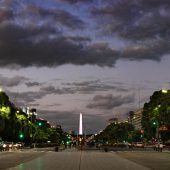
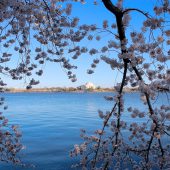



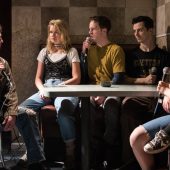
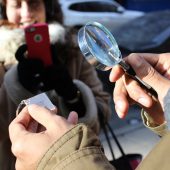

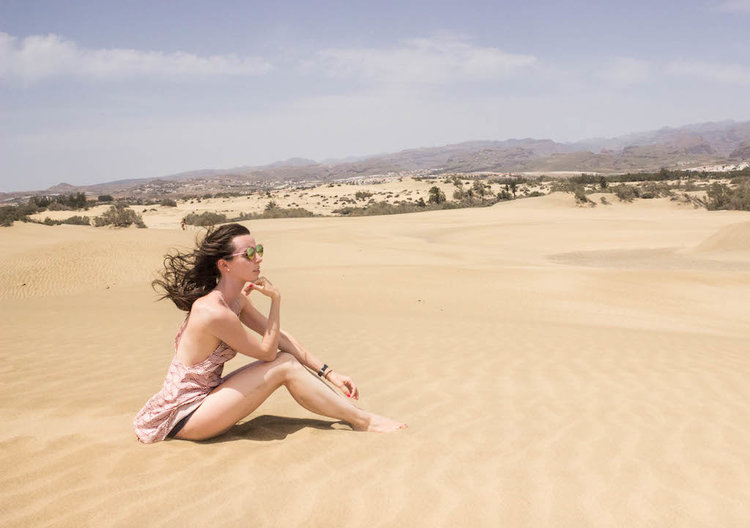
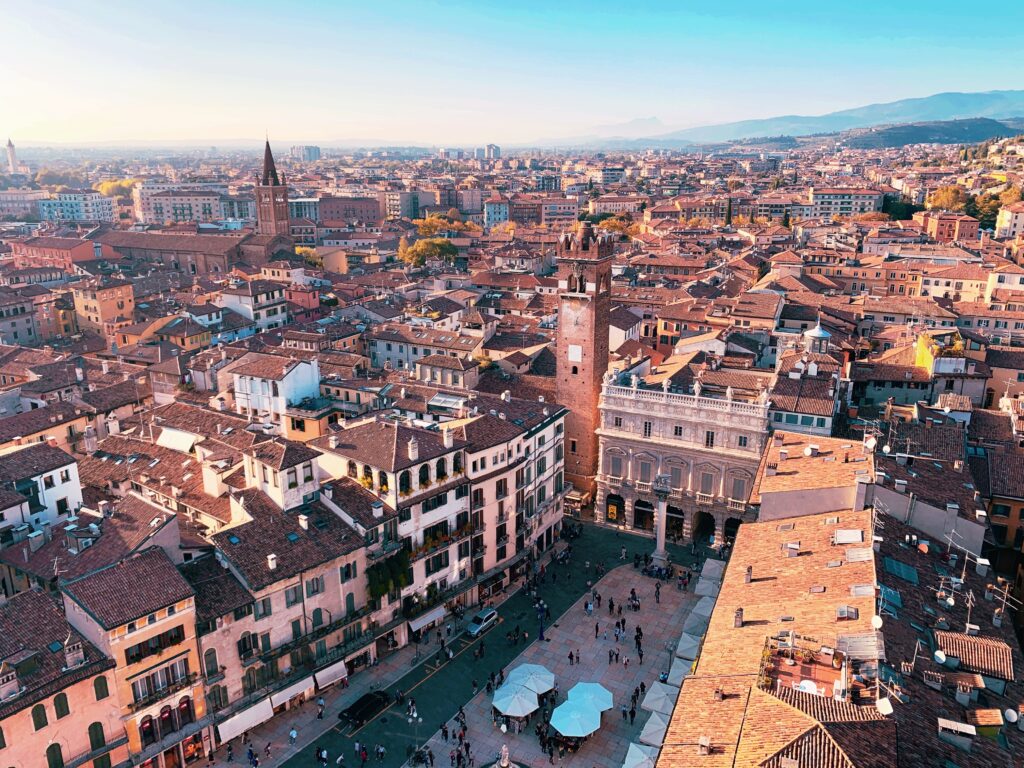
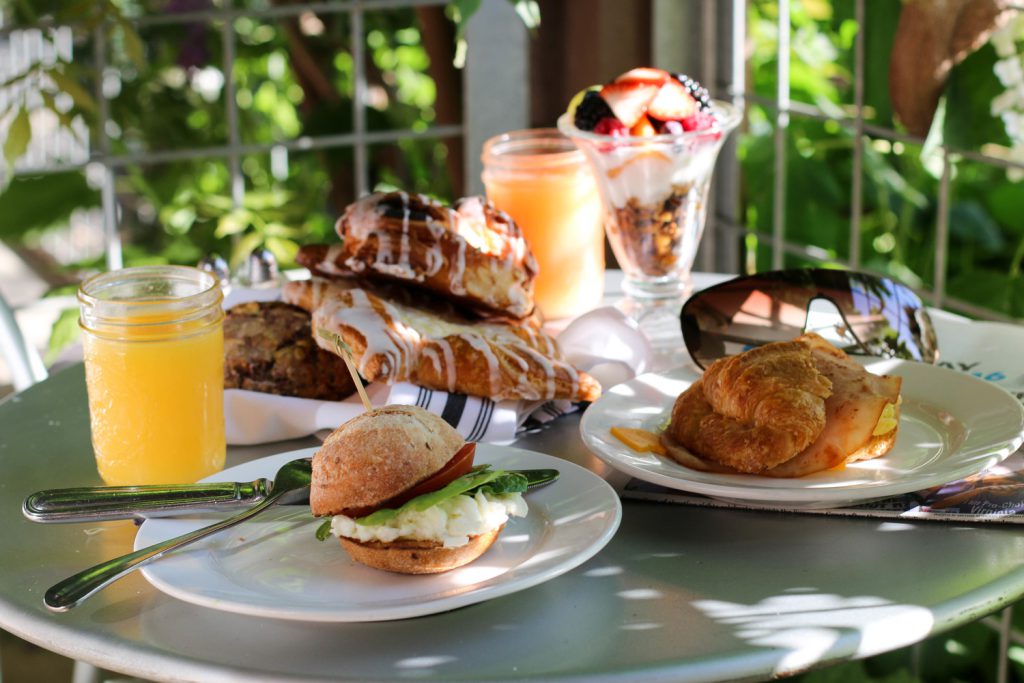

This site is protected by reCAPTCHA and the Google Privacy Policy and Terms of Service apply.